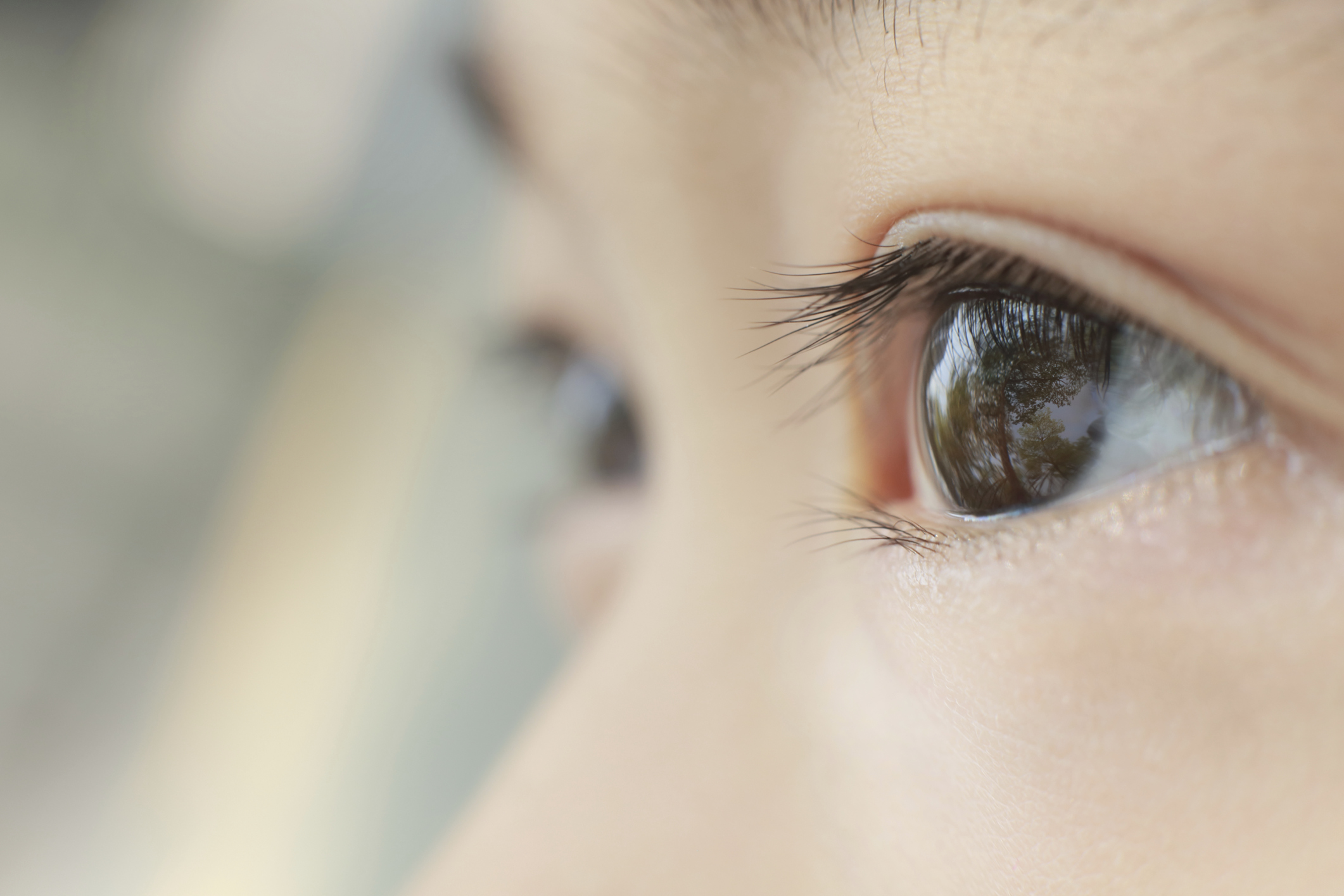User login
SAN DIEGO – Screening preschoolers with an evidence-based eye chart is essential for detecting amblyopia in time to treat it successfully, said Dr. Geoffrey E. Bradford.
“School-age vision screening is really too late to effectively start treating amblyopia,” he said at the annual meeting of the American Academy of Pediatrics.
Amblyopia affects about 4.5 million children in the United States, causing one or both eyes to transmit blurred images to the developing visual cortex. The condition begins to resist treatment by age 5 years and causes permanent vision loss by age 7 years, noted Dr. Bradford, professor of ophthalmology at West Virginia University in Morgantown.
For this reason, the AAP and the American Association for Pediatric Opthalmology and Strabismus (AAPOS) recommend visual acuity screening for children beginning at 36-47 months of age, Dr. Bradford said.
Pediatricians should use the Lea symbols or HOTV charts, make sure the eye that is not being tested is adequately covered, and refer patients aged 36 to 47 months who cannot correctly identify most optotypes on the 20/50 line of the chart. The same criteria apply to the 20/40 line of the chart when testing children aged 48 to 57 months, he said. While still used in some practices, the “sailboat” chart lacks scientific evidence and is not recommended, and the tumbling E chart is not reliable in young children. “Testing should be done at 10 feet, not at 20 feet,” he added. “There are eye charts calibrated for 10 feet, and that’s really more accurate because the screener is better able to engage the child at 10 feet away.”
A kit with evidence-based, age-appropriate visual acuity charts, adhesive occlusion patches, and other useful items is available from AAPOS, Dr. Bradford noted. He reported no conflicts of interest.
SAN DIEGO – Screening preschoolers with an evidence-based eye chart is essential for detecting amblyopia in time to treat it successfully, said Dr. Geoffrey E. Bradford.
“School-age vision screening is really too late to effectively start treating amblyopia,” he said at the annual meeting of the American Academy of Pediatrics.
Amblyopia affects about 4.5 million children in the United States, causing one or both eyes to transmit blurred images to the developing visual cortex. The condition begins to resist treatment by age 5 years and causes permanent vision loss by age 7 years, noted Dr. Bradford, professor of ophthalmology at West Virginia University in Morgantown.
For this reason, the AAP and the American Association for Pediatric Opthalmology and Strabismus (AAPOS) recommend visual acuity screening for children beginning at 36-47 months of age, Dr. Bradford said.
Pediatricians should use the Lea symbols or HOTV charts, make sure the eye that is not being tested is adequately covered, and refer patients aged 36 to 47 months who cannot correctly identify most optotypes on the 20/50 line of the chart. The same criteria apply to the 20/40 line of the chart when testing children aged 48 to 57 months, he said. While still used in some practices, the “sailboat” chart lacks scientific evidence and is not recommended, and the tumbling E chart is not reliable in young children. “Testing should be done at 10 feet, not at 20 feet,” he added. “There are eye charts calibrated for 10 feet, and that’s really more accurate because the screener is better able to engage the child at 10 feet away.”
A kit with evidence-based, age-appropriate visual acuity charts, adhesive occlusion patches, and other useful items is available from AAPOS, Dr. Bradford noted. He reported no conflicts of interest.
SAN DIEGO – Screening preschoolers with an evidence-based eye chart is essential for detecting amblyopia in time to treat it successfully, said Dr. Geoffrey E. Bradford.
“School-age vision screening is really too late to effectively start treating amblyopia,” he said at the annual meeting of the American Academy of Pediatrics.
Amblyopia affects about 4.5 million children in the United States, causing one or both eyes to transmit blurred images to the developing visual cortex. The condition begins to resist treatment by age 5 years and causes permanent vision loss by age 7 years, noted Dr. Bradford, professor of ophthalmology at West Virginia University in Morgantown.
For this reason, the AAP and the American Association for Pediatric Opthalmology and Strabismus (AAPOS) recommend visual acuity screening for children beginning at 36-47 months of age, Dr. Bradford said.
Pediatricians should use the Lea symbols or HOTV charts, make sure the eye that is not being tested is adequately covered, and refer patients aged 36 to 47 months who cannot correctly identify most optotypes on the 20/50 line of the chart. The same criteria apply to the 20/40 line of the chart when testing children aged 48 to 57 months, he said. While still used in some practices, the “sailboat” chart lacks scientific evidence and is not recommended, and the tumbling E chart is not reliable in young children. “Testing should be done at 10 feet, not at 20 feet,” he added. “There are eye charts calibrated for 10 feet, and that’s really more accurate because the screener is better able to engage the child at 10 feet away.”
A kit with evidence-based, age-appropriate visual acuity charts, adhesive occlusion patches, and other useful items is available from AAPOS, Dr. Bradford noted. He reported no conflicts of interest.
